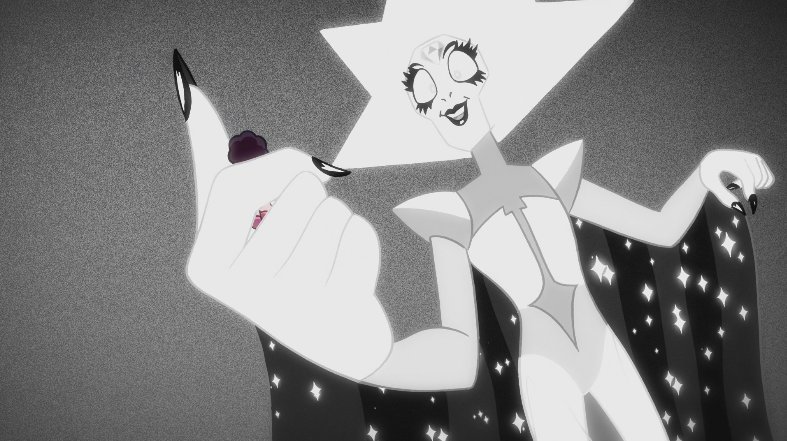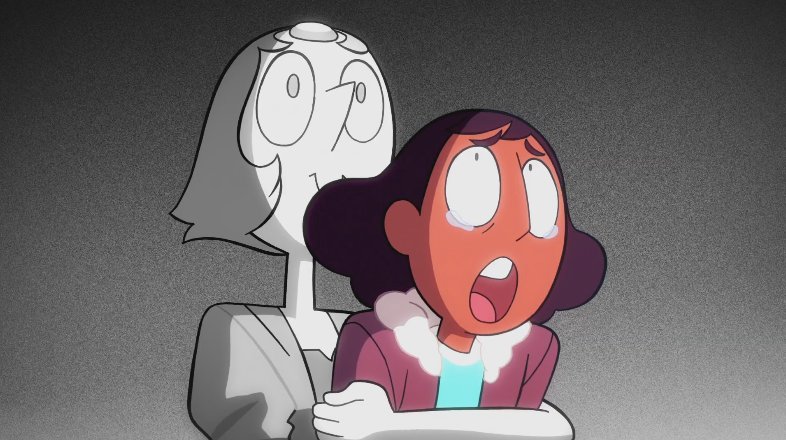Garnet is Trans
This being the Internet, I’ve been getting some pushback in the wake of Unleash the Light, and my reference to Demantoid and Pyrope as cis-Garnets, much like Hessonite.

I mean. Look. I get it, cisters. You’re not used to looking at anything except through a binary cishet lens. But this is a show substantially by non-straight, trans, or gender-diverse creators—from the top on down. It’s got layers and layers of metaphor that it can use in different situations to talk about different things. And one of the things it’s always gone out of its way to talk about is diverse identities.
Fusion is there to talk about a million and six subjects; some of them broad and universal, some extremely specific and delicate. From a human perspective Stevonnie really should be anyone’s first hint that a fusion of two different people is going to create some existential issues around identity and presentation, but it goes much deeper than them.

Gems don’t have sex or gender the way humans do; they have type. For the purpose of storytelling, Gem type stands in for all manner of social structures: class, race, sex, gender. The dynamics are different—due to different biology (if that term even applies to a Gem) and systems of power—yet familiar. How the metaphor applies, to talk about real-life issues, depends on what the story wants to address at the time.

Cross-Gem fusion is undeniably queer; Ruby and Sapphire’s relationship makes that as clear as possible. They’re queer in human terms because to us they both present female; they’re queer in Gem terms because they’re crossing type boundaries. To be homogeneous is to be straight—following the plan of society and their created intention—and to be heterogenous is to stray from the path.

There’s way more to unpack just in that parallel, but again the metaphor is multifaceted. When two Gems fuse cross-type, they create a new person—a person who is not defined by a designation or role on emergence, but who finds their own name and identity. As it happens, Gem names and identities are hard to extract from types. So, they pick a new type. We see the thought process in action when Steven and Amethyst first fuse, and the Gem who would be Smoky first comes into being.

When Ruby and Sapphire chose to permanently fuse, they decided they were a Garnet. Which is totally their choice, and is great and all. The thing is, there are other Garnets. More to the point, there are assigned-at-emergence Garnets, like Hessonites, Pyropes, Demantoids: Garnets who were made to be Garnets from the start. As it happens, our Garnet—CG Garnet—looks a heck of a lot like a “natural†Garnet. She has a similar build, the same general hair. Garnet is a Garnet because she has decided that’s what and who she is, not because she was told that’s what she was. Which is to say, Garnet is trans.

Up until the Homeworld appendix to season five, the point is fairly subtle. Unless the question of “natural†Garnets leaps into your mind, or you dwell really hard on the implications of Stevonnie, you may not think too hard about what it means to create a whole new gender-of-sorts. You may not even clock different Gem types as partially a matter of gender. You may overlook the color scheme of Cotton Candy Garnet, which in hindsight is… potentially the least subtle symbolism in the entire goddamned show. But I really don’t know how it’s possible to watch “Together Alone†and miss this point.

By the end of the show, it’s not even subtext anymore. It’s just text. It’s just the show, explicitly telling you, Garnet is trans and that makes Homeworld Gems uncomfortable. The point is so on-the-nose that it would be hilarious if it weren’t horrific.

Yet, in that, it’s also amazing. After five seasons of general tolerance on Earth, our first official visit to Homeworld comes wrapped in scoffing at Garnet’s identity and consistently misgendering Steven. It comes with a story of conversion therapy, centering around Pink Diamond’s original Pearl with whom she so inappropriately dabbled. Even the most irredeemable human, Kevin, stopped short of misgendering Stevonnie, because come on, what kind of a monster would do that? Well, a monster like a Diamond, as it happens.

That is the threat of Homeworld. The “She’s Gone!†segment is, like everything in the show, a complicated and imperfect metaphor, but the surface-level trans allegory is clear enough to have launched a thousand articles, in the mainstream as well as the queer press.
Dialing back, though, we have Garnet.
In a broader sense it is important that Garnet be trans inasmuch as her transness seems to have inspired Rose Quartz to fully accept and commit to her own transness. Except for Rose, it wasn’t even a matter of fusion. Her becoming was a matter of sheer personal will and desire.

Even if Steven didn’t exist, the “She’s GONE!†scene would still apply. Rose is Rose; she’s not Pink Diamond. Gem types, again, are as much a metaphor for sex and gender as they are race and class. Rose has lived for millennia as a Quartz. Everyone accepts her as a Quartz. As even Blue begins to cotton to around the first act of “Change Your Mind,†Pink was never really a Diamond at all, and every effort to make her behave like one only ever made her miserable.

Low-key, the entire story of Steven Universe is about Rose’s fight to live as the person who she chose to be, not the person she was created to be—and about the unresolved issues she left behind from that struggle, that were beyond her ability to cope with. For all her intentions and all the change she went through, there was still something she lacked—and until she met Greg, she could never quite put a finger on what that was.

To fix all her problems would take an even greater metamorphosis. One that slightly waters down the allegory at the climax of “Change Your Mind,†but that contains within it layers of transformation and resolution that can apply to many more aspects of life than any 1:1 representation could achieve.
There are lots of kinds of change we go through. And lots of kinds of change we can make in the world.

The first brick at Stonewall came from a trans woman, Marsha P. Johnson. As it happens, Garnet was also [to dubious canonicity] there. The same way she was at the moment that Rose’s whole universe changed—the day she realized what she could be.















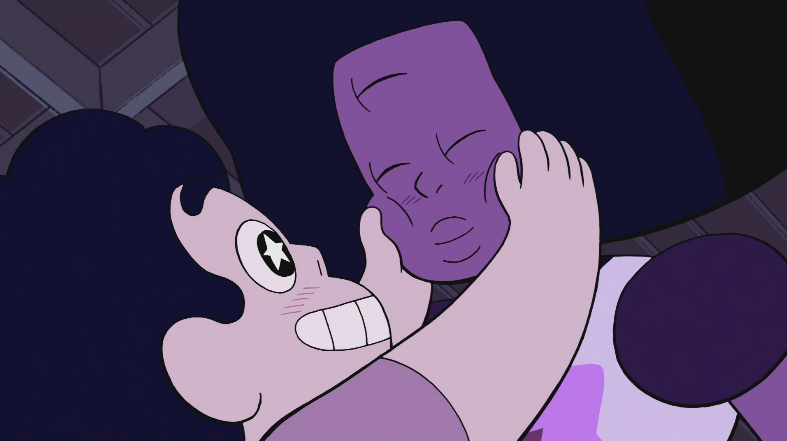
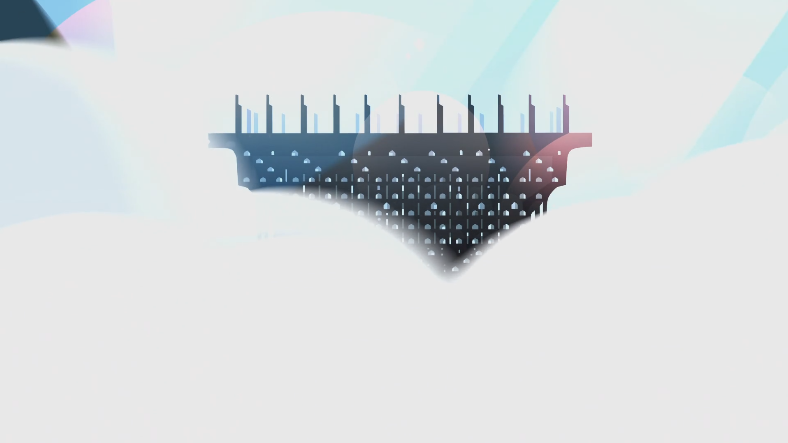
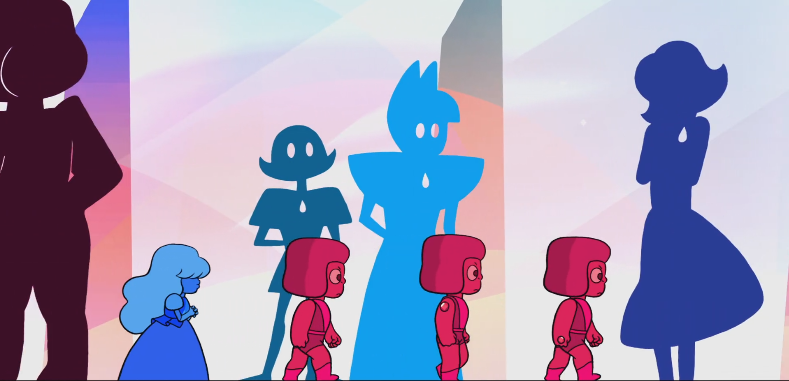
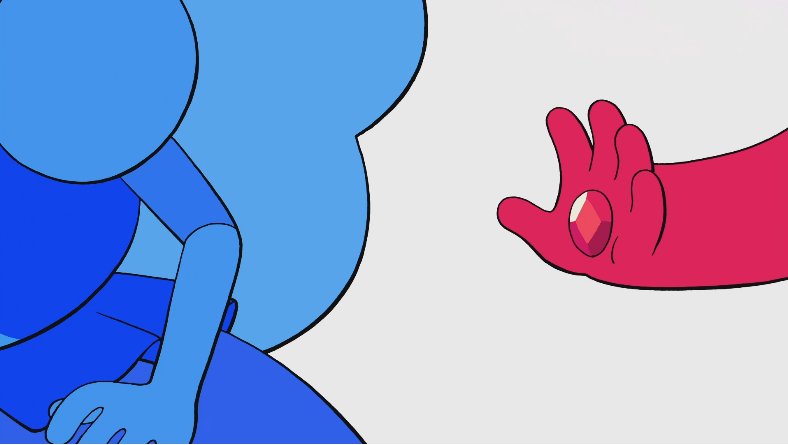

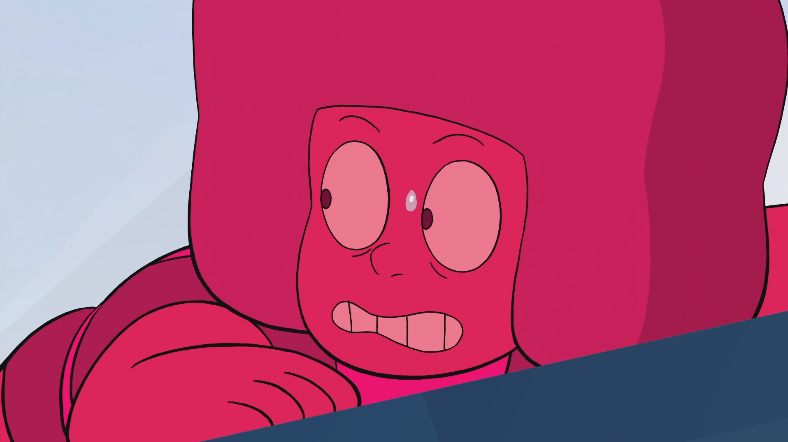
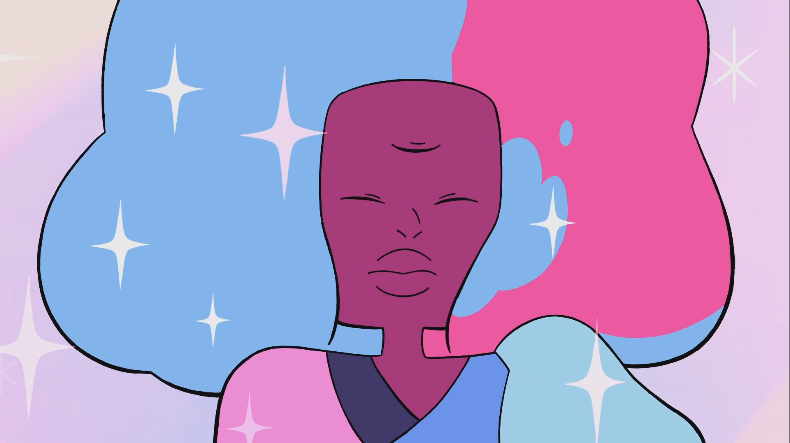



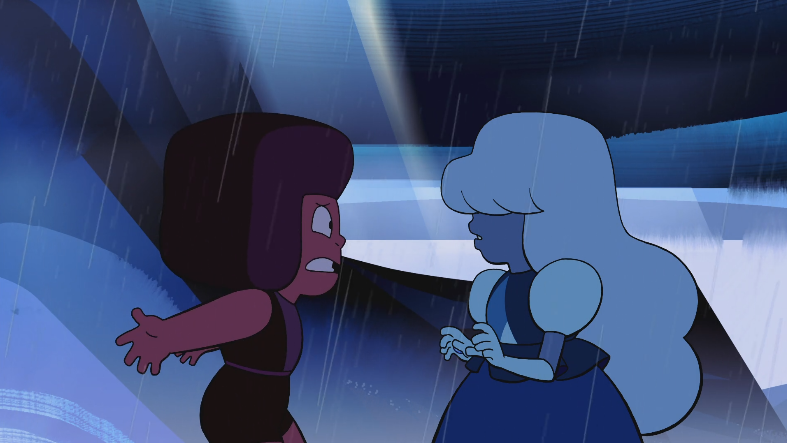




































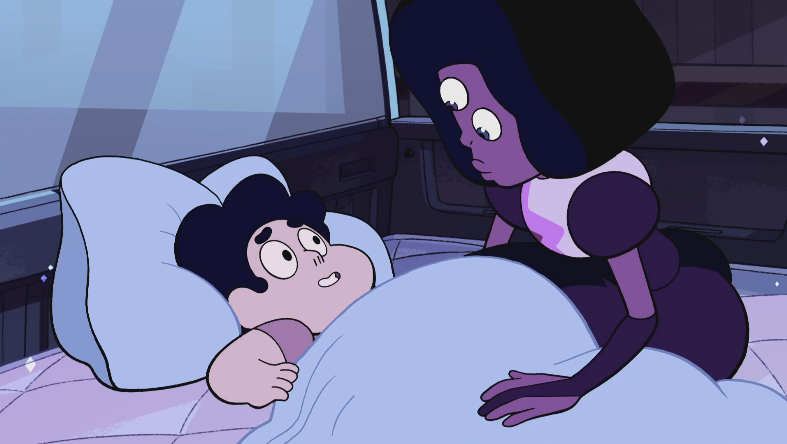
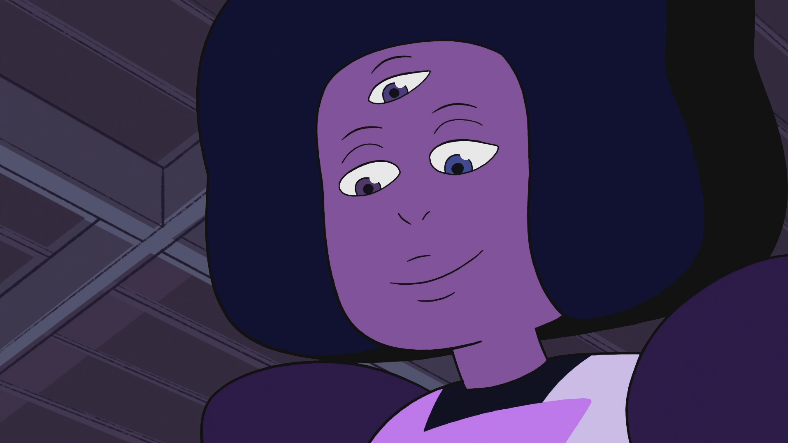



 Unlock with Patreon
Unlock with Patreon